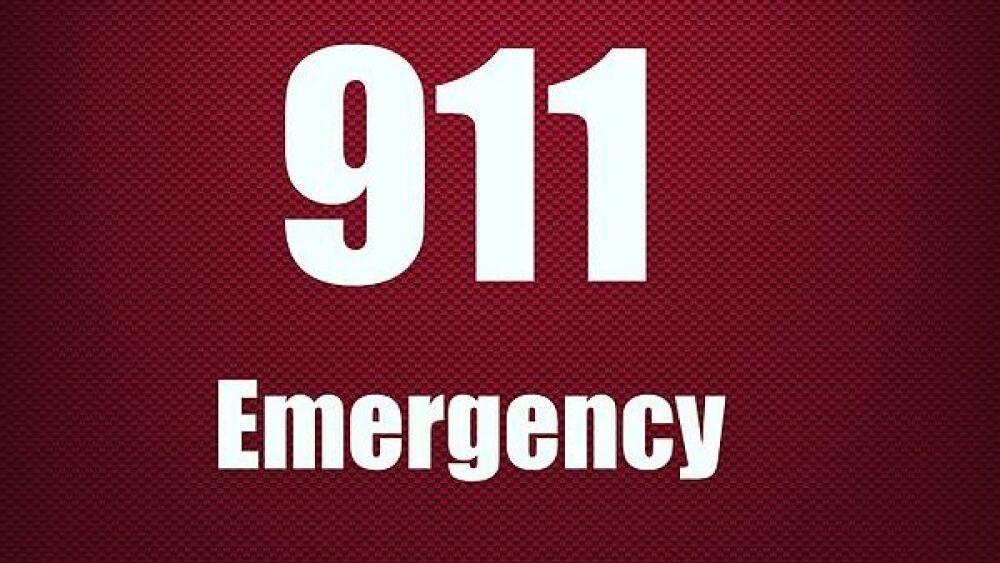By Tim Nowak, FireRescue1 Contributor
This single question shaped the meaning behind these three dialed numbers, 911.
Up until just over 50 years ago, dialing 911 wasn’t an option to call for help. Even today, its convenience only reaches 96 percent of Americans. [1]
Dialing 911 first occurred on Feb. 16, 1968, in Haleyville, AL, by then Senator Rankin Fite. [1] Prior attempts to create a nationally-accepted emergency number originated in 1957, but didn’t gain full support until the FCC and AT&T reserved the digits 911 for emergency use in 1968. [2]
Even after its adoption, 911 services reached only 17 percent of the population by 1976. In 1979, 26 percent of the population had access, and that number doubled by 1987. At the turn of the century, access reached 93 percent of Americans. [1]
Why call 911?
As our country expanded and area codes grew in populous, there was a need to reserve an easy-to-remember, convenient to dial, and unique number format that also would not interfere with other existing and planned area codes. Thus, 911 was reserved, and the 911 system was born.
Prior to its adoption, dialing “0” for the operator was the most common practice. Doing so, however, created an incredibly stressful situation for the telephone company operator, who did not necessarily have the best access to perform emergency call assistance. This helped to spark a need for change … a need for consistency.
Combined with the fire service’s push to identify a single telephone number for reporting fires, the case for 911 was made, and its push for adoption began. [3]
Emergency response beginnings
At the time of the first 911 call, the telephone company seemed to be the obvious choice to receive this request for help. AT&T was the primary telephone company at this time.
Before the heavy marketing and competition within the communications industry could take place, state legislatures and regulators established a public/private arrangement with incumbent local exchange carriers (ILEC) as a regulated monopoly over such answering services. This established the precedent for state control over this locally-delivered public service and allowed for public funding options to support it. [3]
This began the framework for the Basic 911 (B911) system.
911 enhancements
While calling a single number proved to be beneficial, the information that was obtained didn’t always show its accuracy. Callers inadvertently gave inaccurate addresses and 911 hang-ups resulted in many dropped calls.
As technology within the communications industry advanced, following suit was the need for the 911 system to advance, as well, thus, the transition into Enhanced 911 (E911). Advancing technology in the 1970s allowed for automatic address and phone number tracking, and eventually evolved to include:
- Selective transfer.
- Fixed transfer.
- Alternate routing.
- Default routing.
- Public safety answering point (PSAP) evacuation routing.
- Call detail recording.
Growing advancement related to location-based functionality progressed as technology did, as well, and has helped to shape the 911 system as we know it today. [3]
Future of 911 emergency response
With the growing use of smart phones, fingerprint and voice recognition software, and advanced mapping and geolocation applications, the future is expansive for the 911 system as a whole.
Automatic 911 dialing, text-based emergency message relaying, and touch-tone dispatch capabilities are realities in some locations throughout our country. If your car is involved in an accident, some automobile manufacturers partner with notification entities to automatically contact 911 for you … even without using your cellphone.
Have an old cellphone lying around? Keep it in your car for an emergency. It may still be used to dial 911 … even without a cellphone carrier contract.
What about a break-in scenario where you’re hiding and can’t speak loud? Text 911 and you may be able to communicate with your local PSAP dispatcher.
All of these advancements are bringing about the next generation of 911 systems, interoperability plans, and flexible access opportunities.
So, the next (or first) time that you dial 911 to call for help, you can call knowing that you’re accessing an answering database that’s been built upon the single premise and framework of helping others. You can rest assured that at the other end of the line is someone working to help you.
After all, the first question often asked is “what is your emergency?”
References
- www.nena.org/?page=911overviewfacts
- www.ng911institute.org/911-50th-anniversary
- www.theindustrycouncil.org/publications/iCERT-9EF_Historyof911_WebVersion.pdf
About the author
Tim Nowak, AAS, BS, NRP, CCEMT-P, SEMSO, is the founder and CEO of Emergency Medical Solutions, LLC, an independent EMS training and consulting company that he developed in 2010. He’s been involved in EMS and emergency services since 2002, and has worked as an EMT, paramedic and critical care paramedic in a variety of urban, suburban, rural and hospital settings. He’s also been involved as an EMS educator, consultant, item writer, clinical preceptor, board member, reference product developer, firefighter and HazMat technician throughout his career.
This article, originally published February 16, 2018, has been updated.












